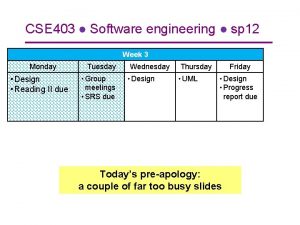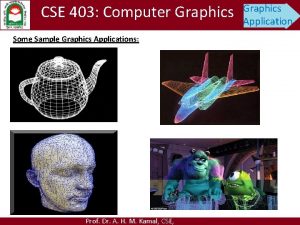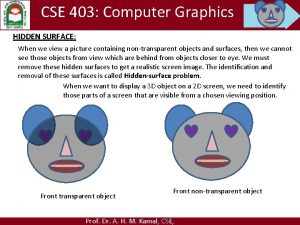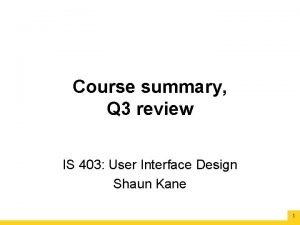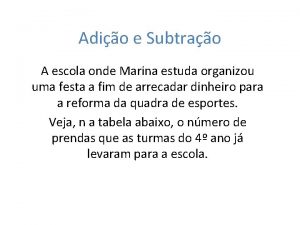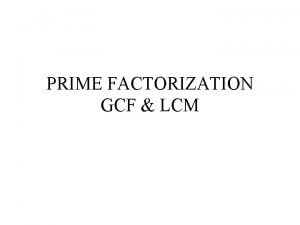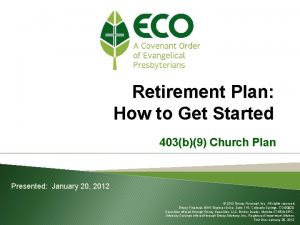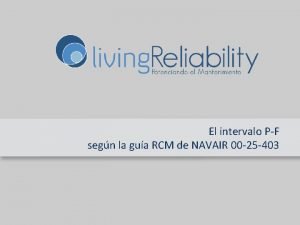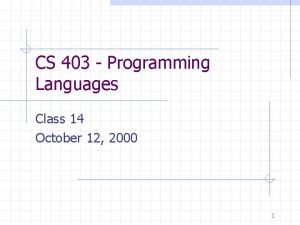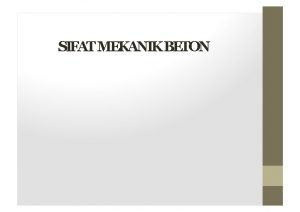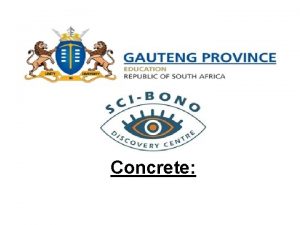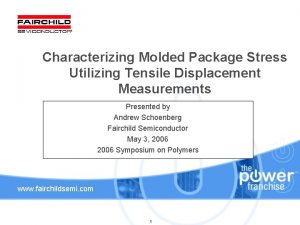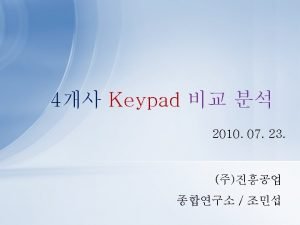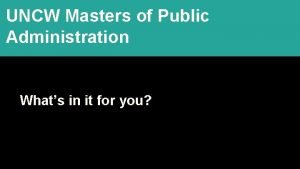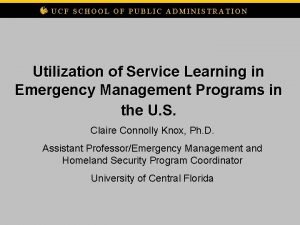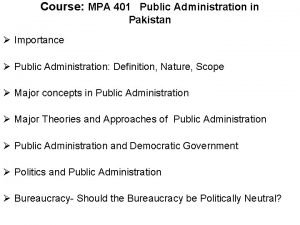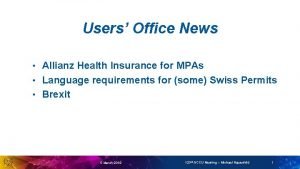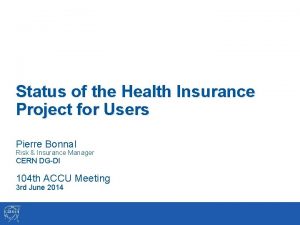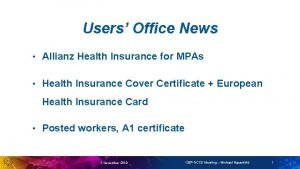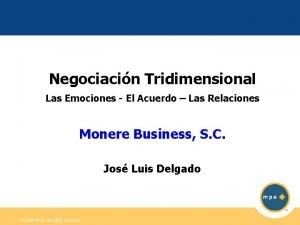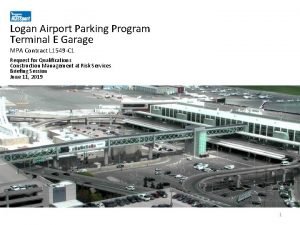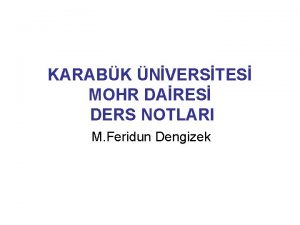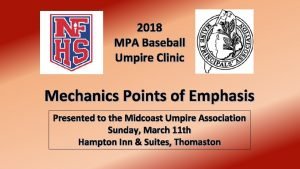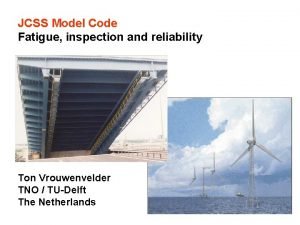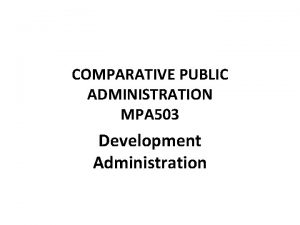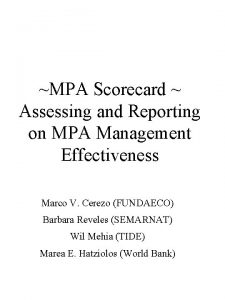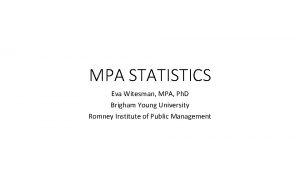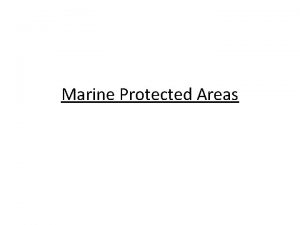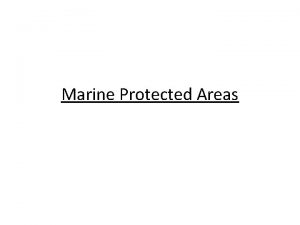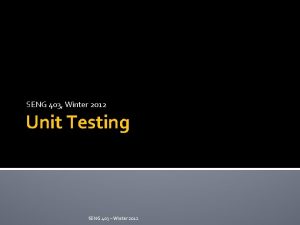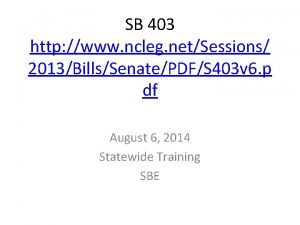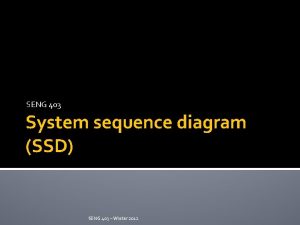Development Planning and Administration MPA 403 Lecture 20






























- Slides: 30


Development Planning and Administration MPA – 403 Lecture 20 FACILITATOR Prof. Dr. Mohammad Majid Mahmood Bagram

Reflections

Organization Development 4

History Kurt Lewin (1898 1947) is widely recognized as the founding father of OD, although he died before the concept became current in the mid 1950 s. From Lewin came the ideas of group dynamics, and action research which strengthen the basic OD process 5

Currently Nowadays the Journal of Applied Behavioral Sciences is seen as the leading OD journal. OD is taught in many institutions worldwide, with no one legitimately able to claim to be the center of OD training. Leading OD training institutions include: ØUniversity of Southern California, USA ØSheffield Hallam University, UK ØUniversity of Monterrey, Mexico & ØAssumption University of Thailand. 6

At the core of OD is the concept of an organization, defined as two or more people working together toward one or more shared goals. 7

Why Do Organizations Exist? Ø Ø Ø To satisfy human needs and wants Economies of scale: cost savings that result when goods and services are produced in large volume Economies of scope: cost savings that result when an organization is able to use underutilized resources more effectively 8

How Does an Organization Create Value? 1) 2) 3) 4) Human Resources Financial Resources Physical Resources Information Resources 1) 2) 3) 4) Planning Organizing Leading Controlling 1) 2) 3) 4) 5) Customers Shareholders Suppliers Distributors Government 1) 2) 3) 4) Finished Goods Services Salaries Value for Stakeholders 9

OD is a long range effort to: 1) 2) 3) improve organization's problem solving, particularly through more effective and collaborative management of organization culture with specific emphasis on the culture of formal work teams with the assistance of a change agent and the use of “Action Research” 10

Warren Bennis Definition of OD Organization development is a complex strategy intended to change the beliefs, attitudes, values, and structure of organizations so that they can better adapt to new technologies, markets, and challenges. 11

Warner Burke’s Definition of OD OD is not just "anything done to better an organization"; it is a particular kind of change process designed to bring about a particular kind of end result. 12

Beckhard’s Definition of OD OD is an effort: (1) planned, (2) organization wide, and (3) managed from the top, (4) to increase organization effectiveness (5) through planned interventions in the organization. 13

OD as a Change Strategy § OD is any strategy, method, or technique for making organizations more effective by bringing about constructive, planned change. § In its ideal form, OD attempts to change the culture toward being more democratic and humanistic. 14

OD Process Model According to this generic OD model, the OD professional and staff members are involved in bringing about constructive change. The model comprises eight steps: 15

OD Process Model Step 1: Broad problem identification. Step 2: Managerial commitment to change. Step 3: Data collection and analysis. Step 4: Data feedback. (The data collected in Step 3 are shared with the manager. ) 16

OD Process Model Step 5: Identification of specific problem area(s). Step 6: Development of change strategies. (Identify root problems and develop action steps. ) Step 7: Initiation of behavior. (An action step is implemented. ) Step 8: Evaluation. (Have behavior and work results improved? ) 17

The Organization Development Practitioner 18

The Organization Development Practitioner § External Change Agents § Internal Change Agents (e. g. TQM managers, IT managers, Compensation & Benefits managers) 19

Competencies of an OD Practitioner § Intrapersonal skills – Self-awareness § Interpersonal skills – Ability to work with others and groups § General consultation skills – Ability to apply skills and knowledge § Organization development theory – Knowledge of change processes 20

Client vs. Change Agent Knowledge Use of Change Agent’s Knowledge & Experience Plans Implementation Recommendations Feedback data Data collection Use of Change Agent’s Knowledge & Experience Data interpretation Listens and reflects 21

The term "Organization Development" is often used interchangeably with “Organizational Effectiveness” 22

Approaches to Measuring Effectiveness Goals 23

Six Sigma as Organizational Development § Six Sigma – Is a data-driven statistically-based method for achieving near-perfect quality with an emphasis on preventing problems from occurring in the process. – Features: • Emphasizes motivating people to work together to achieve higher levels of productivity. • Is a fusion of technical and social systems for creating a culture of quality. 24

Action Research § § A strategy for generating and acquiring knowledge that managers can use to define an organization’s desired future state Techniques of action research help managers un freeze, make changes to, and refreeze the organization. 25

Steps in Action Research 26

Steps in Action Research - Continued Step # 1: Diagnosis of the Organization A problem is recognized because of a gap between desired and actual performance. Step # 2: Determining the Desired Future State Managers identifies where should the organization be. Step # 3: Implementing Action A strategy is selected that effectively unfreezes, changes, and refreezes the organization. Strategies involve: top down change or bottom up change. • External change agents • Internal change agents 27

Lewin’s Change Model Unfreezing Movement Refreezing Many OD techniques help managers unfreeze, change, and refreeze attitudes and behaviors 28

Steps in Action Research Step # 4: Evaluating the Action Whether job satisfaction increased or production time decreased. Step # 5: Institutionalizing Action Research Members at all levels must be rewarded for their efforts. Tangible rewards refreeze the organization in its new state. 29

Thank you for your kind attention! FACILITATOR Prof. Dr. Mohammad Majid Mahmood Bagram
 Cse 403
Cse 403 Po 403
Po 403 What is considered high voltage
What is considered high voltage Envirobond 403
Envirobond 403 Cse 403
Cse 403 Cse 403
Cse 403 403
403 Quantas prendas as três turmas levaram na primeira semana
Quantas prendas as três turmas levaram na primeira semana Prime factorization of 45
Prime factorization of 45 403 b 9 church plans
403 b 9 church plans Intervalo p-f
Intervalo p-f Cs 403
Cs 403 01:640:244 lecture notes - lecture 15: plat, idah, farad
01:640:244 lecture notes - lecture 15: plat, idah, farad Project planning and management lecture notes ppt
Project planning and management lecture notes ppt Sifat mekanik beton
Sifat mekanik beton 25 mpa concrete mix
25 mpa concrete mix 170 mpa
170 mpa Byu student alumni
Byu student alumni 인장강도 mpa
인장강도 mpa Uncw mpa
Uncw mpa Ucf school of public administration
Ucf school of public administration Public administration scope in pakistan
Public administration scope in pakistan Allianz cern mpa
Allianz cern mpa Allianz cern mpa
Allianz cern mpa Allianz cern mpa
Allianz cern mpa Descripción de las emociones
Descripción de las emociones Logan airport terminal e parking
Logan airport terminal e parking Mpa
Mpa Mpa baseball
Mpa baseball Alaska mpa
Alaska mpa Jcss probabilistic model code
Jcss probabilistic model code
